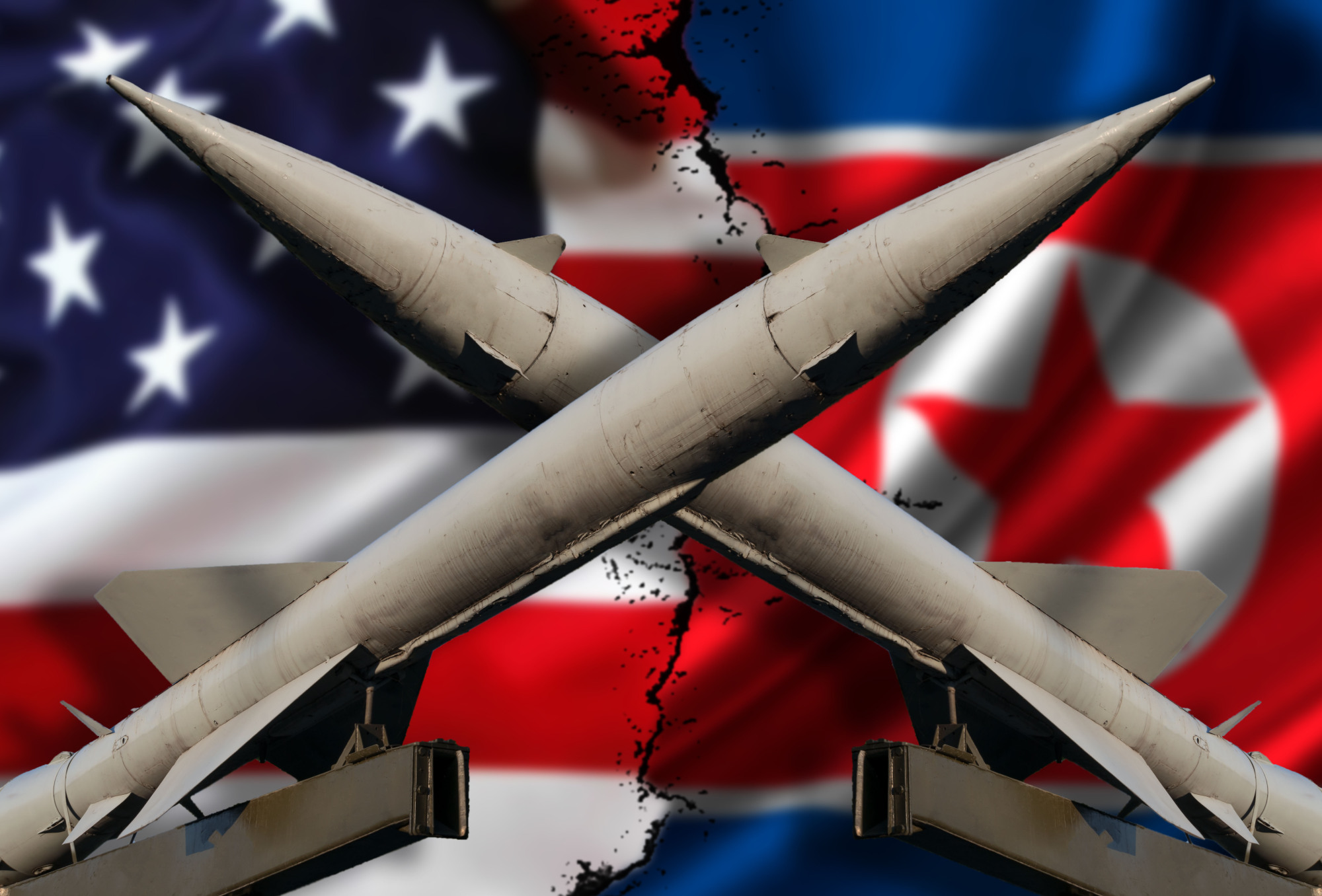Would the United States fight a nuclear war to save Estonia? The question would probably strike most Americans as absurd. Certainly, almost no one was thinking about such a prospect when NATO expanded to include the Baltic states in 2004.
Yet a series of reports by the nonpartisan Rand Corporation shows that the possibility of nuclear escalation in a conflict between the North Atlantic Treaty Organization and Russia over the Baltic region is higher than one might imagine. The best way of averting it? Invest more in the alliance's conventional defense.
There was a time when it seemed quite normal to risk nuclear war over the sanctity of European frontiers. During the Cold War, NATO was outnumbered by Warsaw Pact forces, and it would have had great difficulty stopping a Soviet attack with conventional weapons. From the moment it was formed, NATO relied on the threat of nuclear escalation — whether rapid and spasmodic, or gradual and controlled — to maintain deterrence. American thinkers developed elaborate models and theories of deterrence. U.S. and NATO forces regularly carried out exercises simulating the resort to nuclear weapons to make this strategy credible.

















With your current subscription plan you can comment on stories. However, before writing your first comment, please create a display name in the Profile section of your subscriber account page.